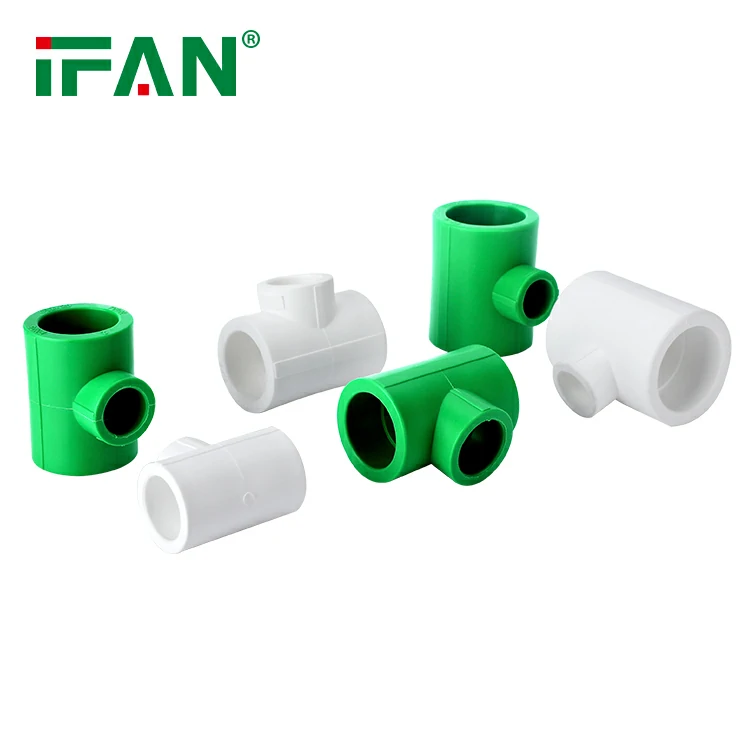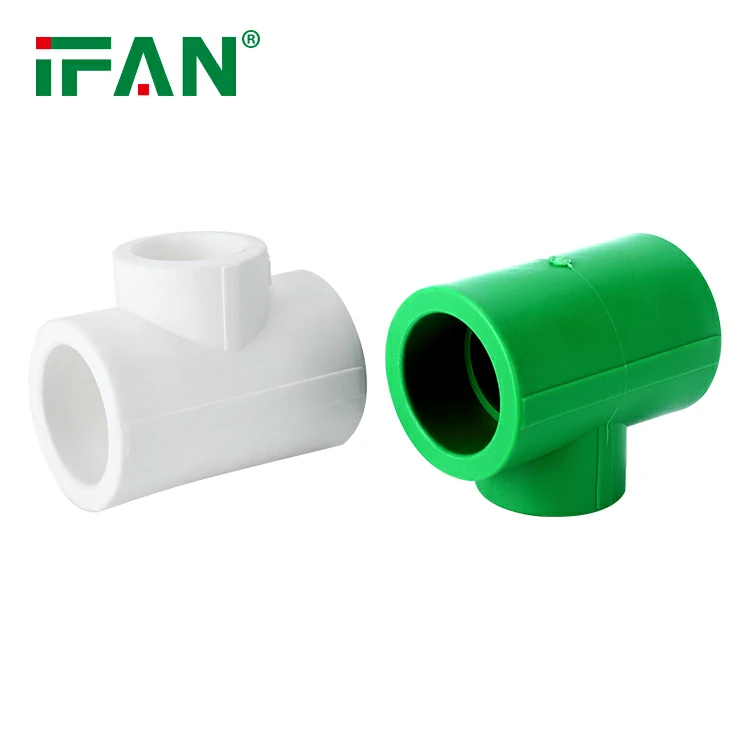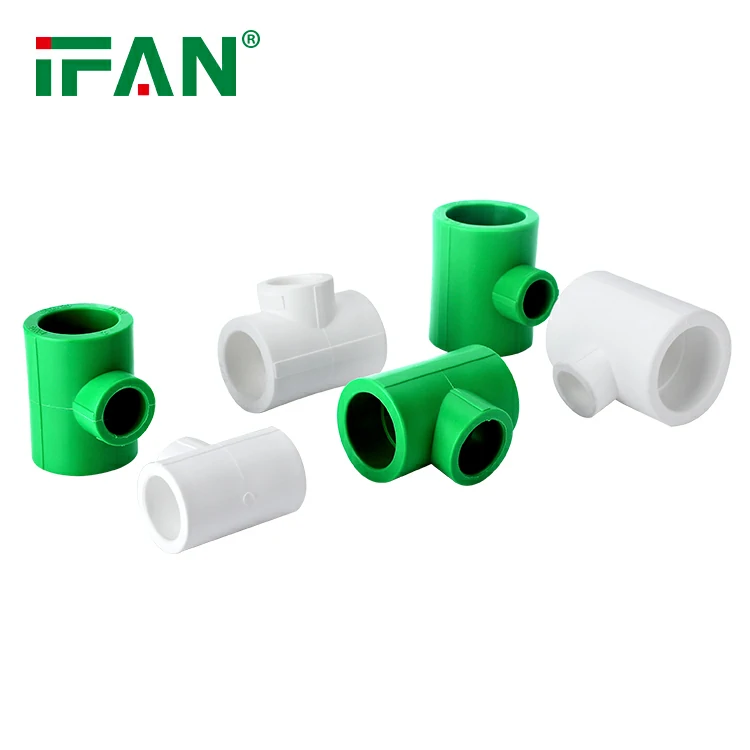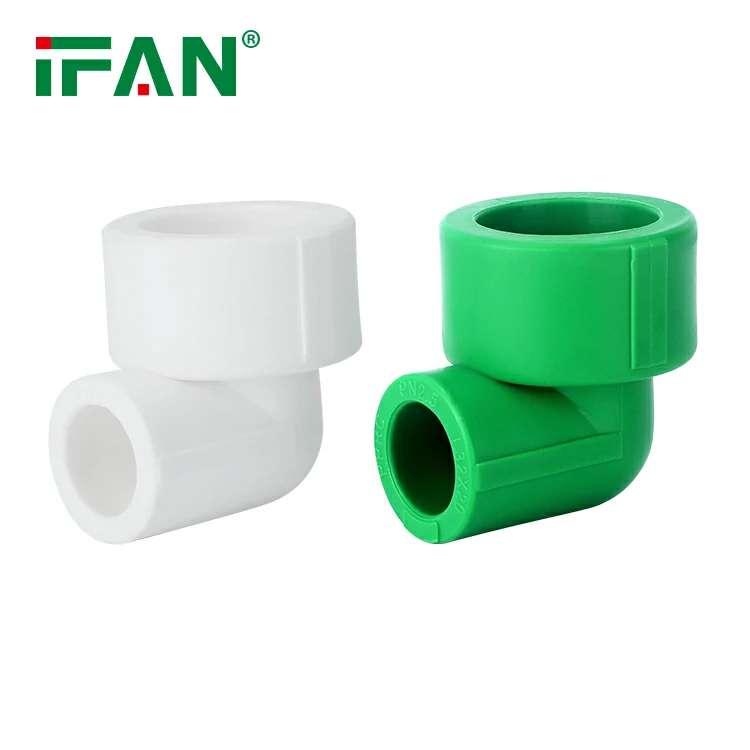First, turn off the water supply and make sure the valve is completely closed. Use a wrench to disconnect the valve from the pipes by holding the valve body and turning the compression nut counterclockwise using your wrench.
Next, remove the handle of the valve by unscrewing the screw that holds it in place. This will reveal the mounting screw. Unscrew the mounting screw and use a wrench to separate the body from the valve.
In some cases, you may need to remove the valve from the valve body. To do this, use a wrench to remove the retaining nut and then use a pair of pliers to remove the valve stem. Once the valve stem is removed, the ball will come out easily.
Be careful not to damage any of the components while disassembling, especially the valve seats, which are the small o-rings that fit inside the valve body. Any damage to the valve seats can cause the valve to leak.
Finally, once all the components are disassembled, it’s recommended to clean them with a mild detergent and a soft-bristled brush before reassembling. When reassembling the valve, be sure to follow the proper sequence and use only original components and gaskets to ensure that the valve works properly.
What tools do you need to disassemble a brass ball valve?
To disassemble a brass ball valve, you will need a few basic tools:
- Adjustable wrench or pliers: You need a wrench or pliers to hold the body of the valve still while you unscrew the bonnet.
- Pipe wrench: If the valve is attached to a pipe, you may also need a pipe wrench to grip the pipe while you unscrew the valve.
- Screwdriver: Some valves have screws that hold the handle in place, and you may need a screwdriver to remove them.
- Grease: When you disassemble the valve, you will want to check the condition of the o-rings and seals. If they appear dry or worn, you may need to apply grease to reassemble the valve properly.
- Replacement parts: If any parts are damaged, worn or missing, you will need to purchase replacements before reassembling the valve.
To ensure that you have all the necessary tools, it is best to consult the manufacturer’s instructions and recommendations before beginning the disassembly process.
What are some common reasons to disassemble a brass ball valve?
Some common reasons to disassemble a brass ball valve include repairing or replacing damaged or worn out components, cleaning and lubricating the valve for optimal performance, adjusting the valve’s pressure or flow rate, and upgrading the valve with new features. Another reason may be to inspect the valve for any signs of corrosion or buildup that could affect its functionality and lifespan. Disassembling a brass ball valve may also be necessary if there is a blockage or obstruction in the valve that needs to be removed. Additionally, disassembling a valve may be required for routine maintenance and inspection to ensure it is functioning properly and remains safe to use.





